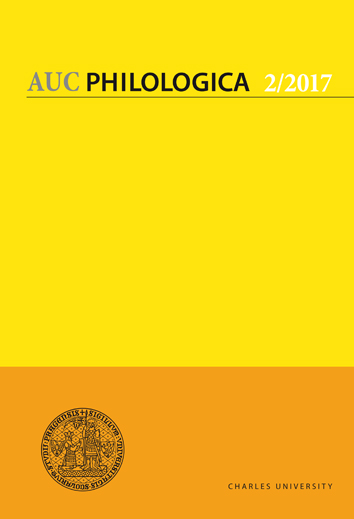Quibus mons, non virtus, saluti fuit. Raumsemantik im Bellum Hispaniense
Quibus mons, non virtus, saluti fuit. Spatial Semantics in Bellum Hispaniense
Author(s): Daniela Kleine Burhoff, Ramunė Markevičiūtė, Daniel Melde, Marvin MüllerSubject(s): Language and Literature Studies
Published by: Univerzita Karlova v Praze, Nakladatelství Karolinum
Keywords: Civil war; Corpus Caesarianum; Bellum Hispaniense; Cn. Pompeius the Younger; C. Iulius Caesar; topography; semantics of space; historiography of the Late Republic
Summary/Abstract: The Bellum Hispaniense is for the most part considered in scholarship only with respect to textual and linguistic problems and in relation to its deficit in literary qualities. Through a close reading, the present paper analyses the representation of space in this third and last of the pseudo-Caesarian Bella and interprets it in the historiographical context of the Late Republic. It aims to demonstrate that the younger Gnaeus Pompeius’ military strategy in the area of Spain – the occupation of locations on higher ground – is semantically loaded as a ‘barbarian strategy’ and so stands all the more strongly in contrast to the virtus of the Caesarians.
Journal: Acta Universitatis Carolinae Philologica
- Issue Year: 2017
- Issue No: 2
- Page Range: 57-80
- Page Count: 24
- Language: German

